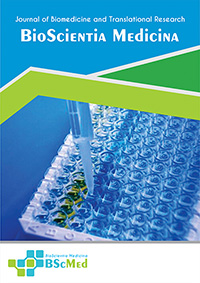Main Article Content
Abstract
Background: Esophageal atresia (EA) and tracheoesophageal fistula (TEF) are congenital anomalies requiring surgical repair in the neonatal period. Anesthetic management for these cases is complex, involving careful planning and execution to ensure a safe perioperative course. This case report details the anesthetic challenges and management of a neonate with EA undergoing thoracotomy and esophagotomy.
Case presentation: A five-day-old male infant presented with EA, pneumonia, and sepsis. After preoperative optimization, the neonate underwent thoracotomy and esophagotomy under general anesthesia with invasive monitoring. The perioperative course was complicated by the patient's comorbidities, requiring meticulous airway management, hemodynamic monitoring, and temperature regulation.
Conclusion: Successful anesthetic management of neonates with EA undergoing thoracotomy necessitates a multidisciplinary approach, addressing the unique challenges posed by the condition and associated comorbidities. This case highlights the importance of preoperative optimization, careful intraoperative management, and vigilant postoperative care in achieving a positive outcome.
Keywords
Article Details
As our aim is to disseminate original research article, hence the publishing right is a necessary one. The publishing right is needed in order to reach the agreement between the author and publisher. As the journal is fully open access, the authors will sign an exclusive license agreement.
The authors have the right to:
- Share their article in the same ways permitted to third parties under the relevant user license.
- Retain copyright, patent, trademark and other intellectual property rights including research data.
- Proper attribution and credit for the published work.
For the open access article, the publisher is granted to the following right.
- The non-exclusive right to publish the article and grant right to others.
- For the published article, the publisher applied for the Creative Commons Attribution-NonCommercial-ShareAlike 4.0 International License.





